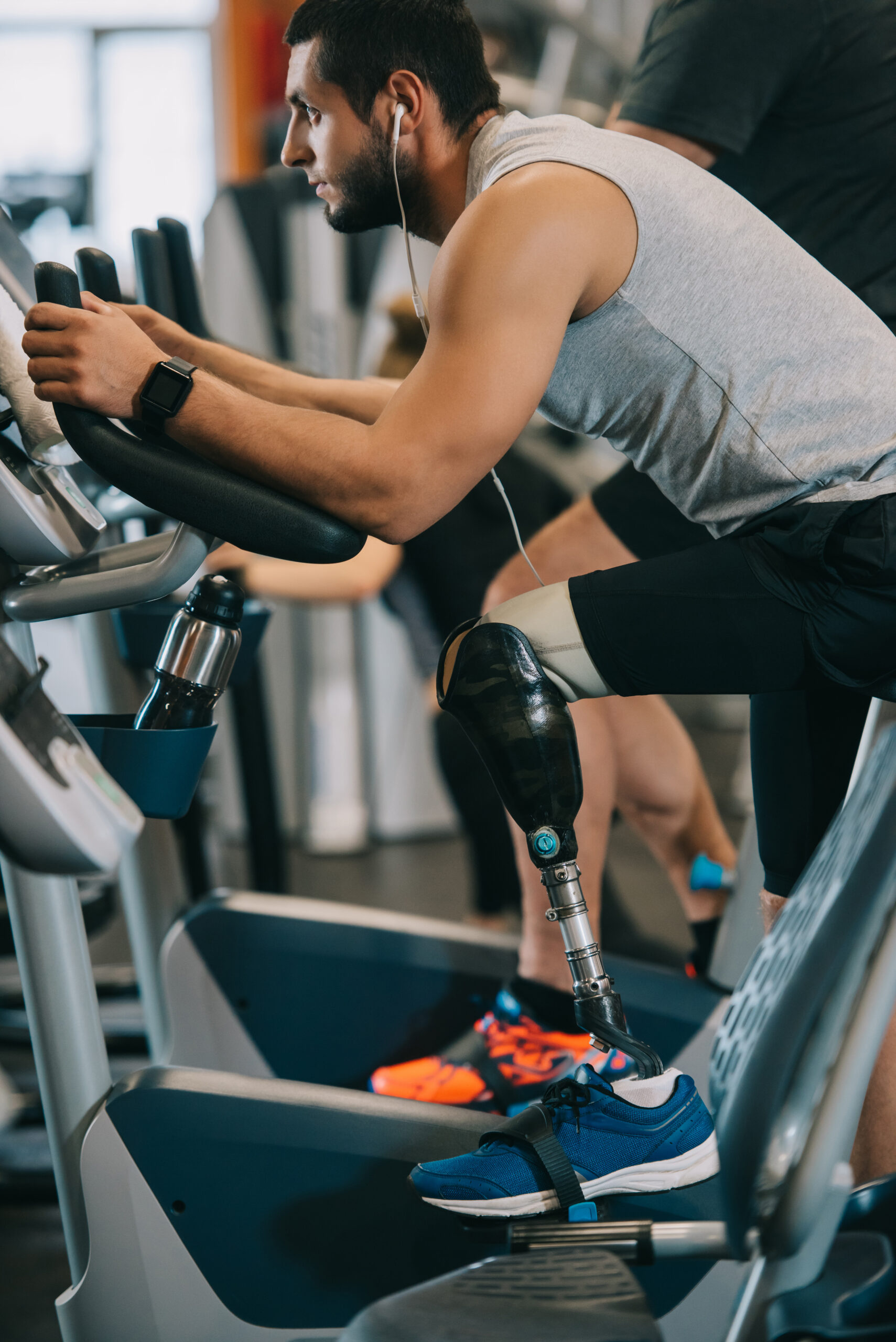Does Metformin Help With Chronic Musculoskeletal Pain?
According to the Centers for Disease Control and Prevention, over 37 million Americans have diabetes, with up to 95% of them having type 2 diabetes (1). Many of them take the prescription drug metformin to help control the condition. Metformin has been found to have some effects that were not the drug’s intended use. It was recently tested to see if it helps with musculoskeletal pain.
In the February 2021 issue of the European Journal of Pain, researchers shared their findings from a study examining metformin’s effects on musculoskeletal pain (2). Their study included nearly 22,000 people in the United Kingdom with type 2 diabetes. They had all participants self-report their usage of type 2 diabetes, metformin usage, and their musculoskeletal pain.
Those who suffered from musculoskeletal pain had it in their back, knee, hip, and shoulder/neck area. They shared information about the chronic pain, which lasted at least three months. They used the information to conduct a regression analysis for each chronic pain site among the participants and to record which of the diabetes patients did and did not take metformin.
The result showed that the diabetes patients who took metformin had lower odds of having musculoskeletal pain in the back, knee, and should/neck area. They didn’t find the same results for those who experienced chronic hip pain. The participants who used metformin also had lower incidents of reporting any musculoskeletal pain, and that women had a stronger association.
The researchers conclude that those with type 2 diabetes who take metformin are less likely to have chronic musculoskeletal pain than those who do not take the prescription. Metformin may provide a protective effect when it comes to musculoskeletal pain. This is good information to know for those who prescribe metformin, as well as those who take it.
According to research published in the journal BMC Public Health in May 2021, chronic musculoskeletal pain is a major source of burden (3). They report that it affects a fifth of the adult population, with chronic low back pain being the most common. Musculoskeletal pain tends to become more common as people age, with the areas it most often impacts, including the low back, hip, knee, and shoulder.
From testing prescriptions to using alternative methods for healing, there are always new studies and information emerging about what may help make the situation better. The more people learn about what can help, the better they are at reducing the pain.
Sources:
- Center for Disease Control and Prevention. Type 2 Diabetes. https://www.cdc.gov/diabetes/basics/type2.html#:~:text=Healthy%20eating%20is%20your%20recipe,adults%20are%20also%20developing%20it.
- European Journal of Pain. The effect of the anti-diabetic drug metformin on musculoskeletal pain. February 2021. https://onlinelibrary.wiley.com/doi/abs/10.1002/ejp.1747
- BMC Health. Prevalence, burden of disease, and loss in health. May 2021. https://bmcpublichealth.biomedcentral.com/articles/10.1186/s12889-021-10953-z







